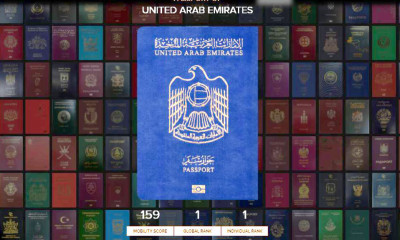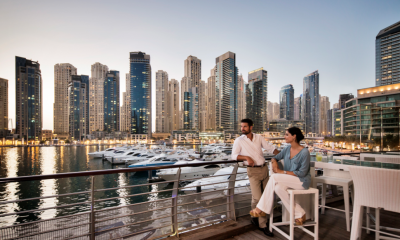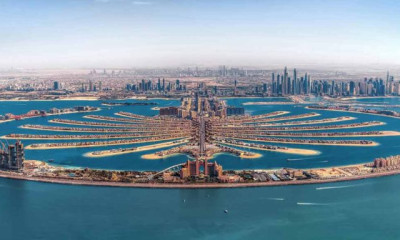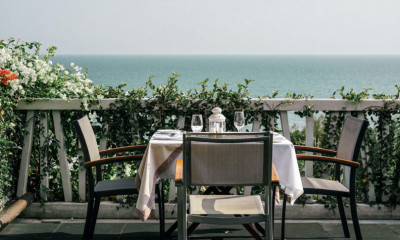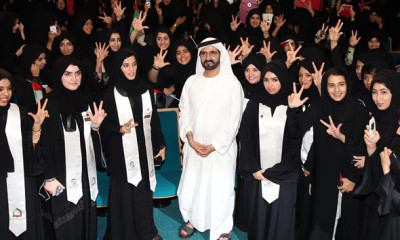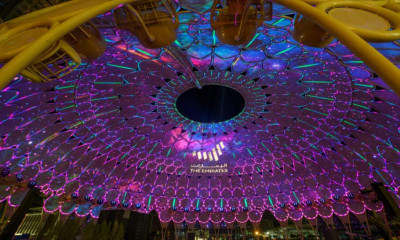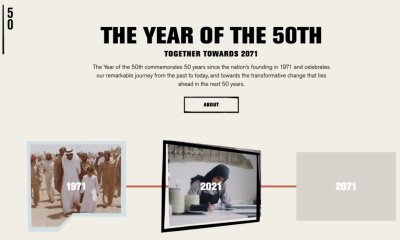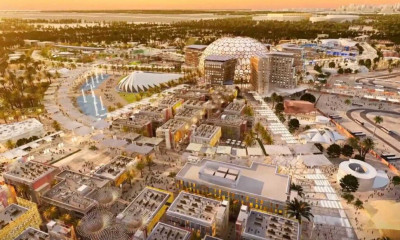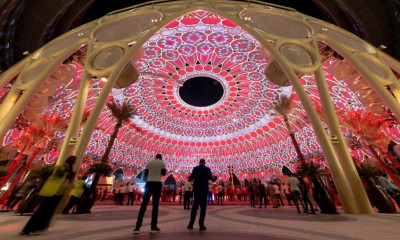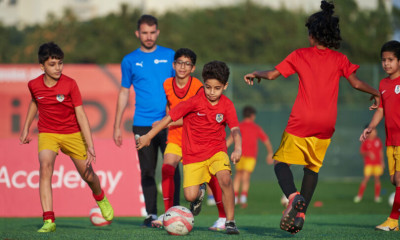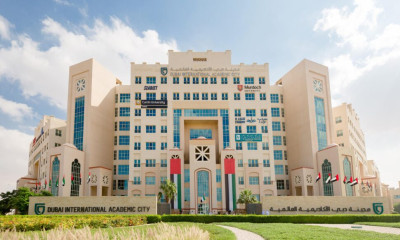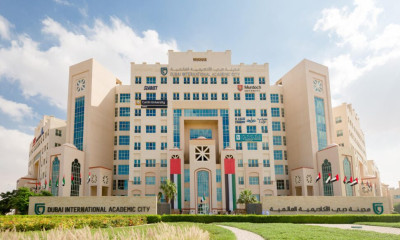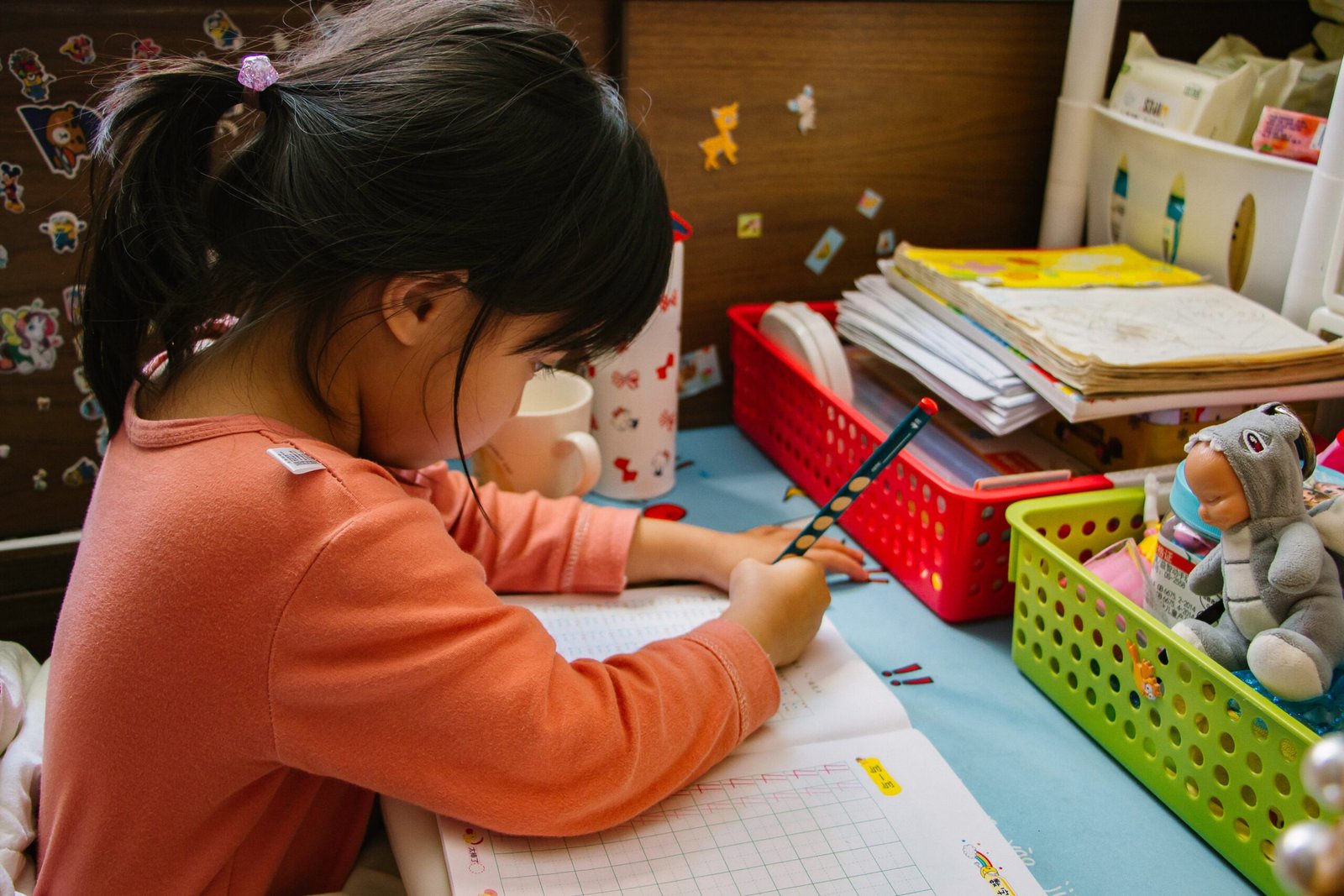
It is one of the most important (and unnerving) steps you’ll take after the birth of your little one. Packing them off for a few hours, away from you, to be under professional care in a nursery. They’ll be fine there, won’t they? That’s a rhetorical question that millions of parents ask themselves, knowing the answer well (they will be, of course).
Once your child is ready to take the first, tiny steps of their journey to getting a formal education, it’s decision time: which nursery? There are several factors to consider when picking a nursery for your child. It’s their first classroom where the tiny tots learn, explore and get creative.
It’s important to identify a learning environment that offers children the freedom to develop while providing the tools and the guidance to do so. A fine balance is a must
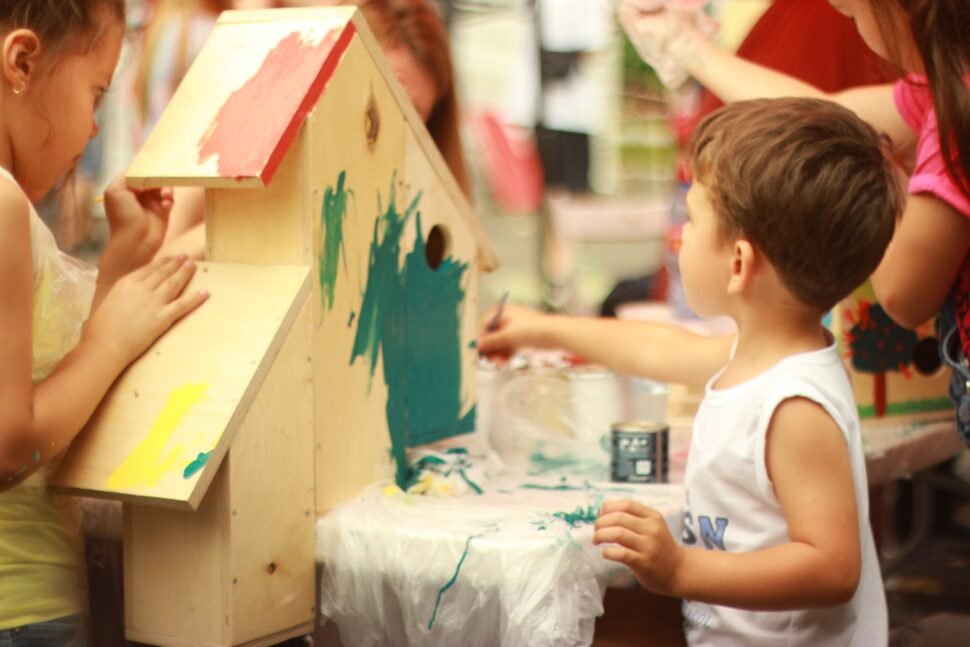
It’s important to identify a learning environment that offers children the freedom to develop while providing the tools and the guidance to do so. A fine balance is a must. A straitjacketed, restrictive approach may curb a child’s imagination during their most impressionable age. On the other hand, completely leaving them to fend for themselves defeats the purpose of offering a supportive environment.
Dubai offers several early childhood education opportunities for children aged six months to four years and has more than 263 registered early learning centres. Dubai’s nurseries, kindergartens and early learning centres are regulated by KHDA (Knowledge and Human Development Authority), which also regulates the emirate’s schools.
While every parent has their own wish-list for what they’d want from their child’s pre-school, a nursery’s curriculum, fees and location are among the most important factors to consider.
It is difficult to imagine today but there was a time when Dubai had few choices when it came to nurseries. Location used to be then the primary criteria for choosing a nursery. Now, however, parents are increasingly becoming more selective and are willing to look further afield for a place that meets both the universal and personal requirements for their child’s nursery.
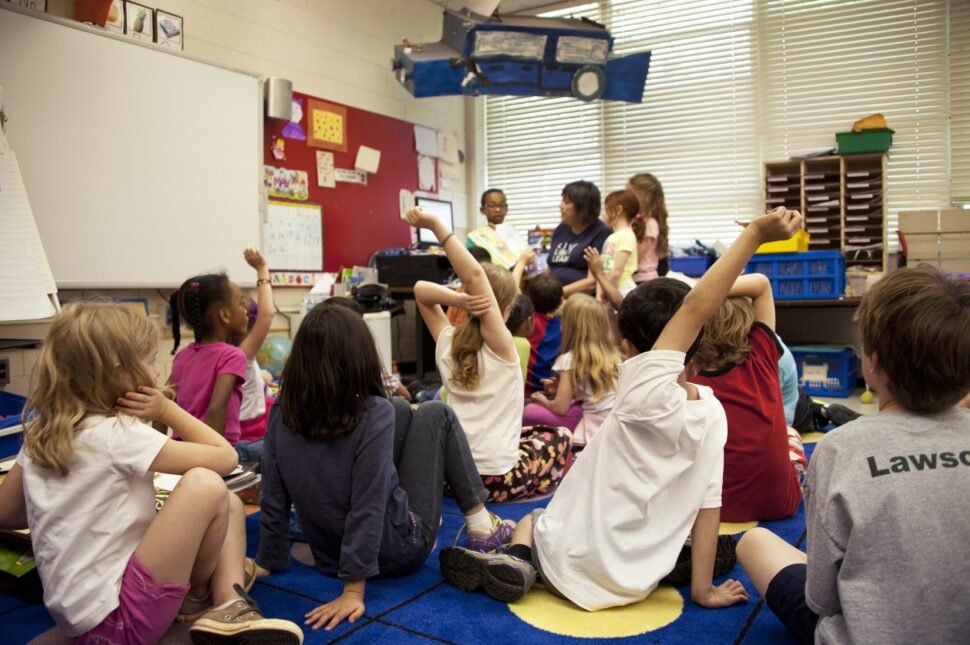
Parents should tour several nurseries before deciding which one would be the best fit for their child. Word-of-mouth recommendations go a long way, too
Parents should tour several nurseries before deciding which one would be the best fit for the child. Word-of-mouth recommendations go a long way, too. Curriculum, fees and location continue to be among the most important factors. Let’s look at the five factors you must consider before taking a call:
1Location. This remains key when looking for a suitable nursery. You wouldn’t want your child’s nursery to be at the other end of the city. Dubai is a modern metropolis with an extraordinary network of roads and infrastructure. The city keeps adding new flyovers and roads to keep a lid in commute times. But certain roads can still get crowded during peak times. Even if you have the time to spend hours dropping off and picking up your child (or employ a driver who does it), it is advisable that your child’s pre-school is either near your residence or closer to your place of work. The idea is that, in case of an emergency, you/your spouse can reach it without unnecessarily spending anxious time on the road.
2Curriculum. Essentially, it comes down to what you, as a parent, expect from your child’s nursery. Do you see it as a day-care facility or believe that it is more than that – an early education centre. With modern families becoming smaller, nurseries also play the role of providing socialisation to the child. They offer intellectual, physical and social stimulation. Parents should first familiarise themselves with the different curricula offered and their unique approaches to learning. The Early Years Foundation Stage (EYFS) is a curriculum that works as a framework for teachers to monitor, track and access a child’s progress. EYFS has seven areas of learning across the classroom and outdoor activities.
A good learning environment should be safe, warm, inviting and stimulating – not only for the children but also for parents
Aside from curriculum material, parents should also pay special attention to the values that a nursery tends to promote and the activities attached to it. While some nurseries will focus on play-based learning, others may choose a more structural approach – and both may be following the same curriculum.
3Learning Environment. A good learning environment should be safe, warm, inviting and stimulating – not only for the children but also for parents. A properly structured learning environment aids development. There should be well-organised areas around the room such as a science corner, reading corner and construction corner. Facilities should also adapt to independent and adult-led work. There should be a secure outdoor play area with plenty of activities for free play and physical activity such as gardening and water-play. Centres should have areas that allow for indoor and outdoor play, as well as ones that foster different developmental domains.
One of the biggest factors parents will consider is whether a nursery is worth the tuition fees. Look for value, not price
Painted cardboard boxes that can easily be swapped out for something else are a perfect example of a flexible play tool that would appeal to children’s constantly inquiring minds. Watch out for excessively cluttered and busy classrooms, though, which can distract children and deter learning. Most parents look for an environment where their kids would feel comfortable. Nursery environments should be inviting, inclusive, child-friendly, accessible and challenging, with educational activities that enable kids to choose their learning. They should also follow the necessary health and safety protocols.
4Teachers/Staff. The quality of staff is the most difficult criterion for parents to gauge. Most parents make a decision based on gut feel after speaking to some of the teachers at a nursery. Without a doubt, parents should be looking for nurseries that employ qualified teachers. The three things that can help you measure staff engagement are ratio, qualifications and turnover. Do enquire about staff turnover – stability is crucial. While touring a nursery, observe how staff interact with kids and whether they look pleased. Speak to them and see if they’re able to make a connection with you. Make sure you ask about teachers’ qualifications and experience. Classroom techniques can be taught, but warmth, patience, positivity and dedication are innate. Parents should look for nurseries with a low staff turnover, stability within the management team and high-quality qualifications across all the staff – including support.
5 Tuition fees/Timings. Look for value, not price. Tuition fees often depend on the hours you choose. Generally, there is the main morning programme, afternoon programme and early morning programme. All of them are charged separately. Choose what is convenient for you. If you’re a working parent, you may prefer a nursery with longer operating hours. A well-run nursery should have established and defined policies for everything from opening and closing times to dealing with emergencies. One of the biggest factors parents will consider is whether a nursery is worth the tuition fees. Most early years curricula allow for some flexibility. Parents need to consider their budgets when deciding over tuition rates that suit them best, but be mindful – the most expensive or modern-looking doesn’t necessarily mean the best.



